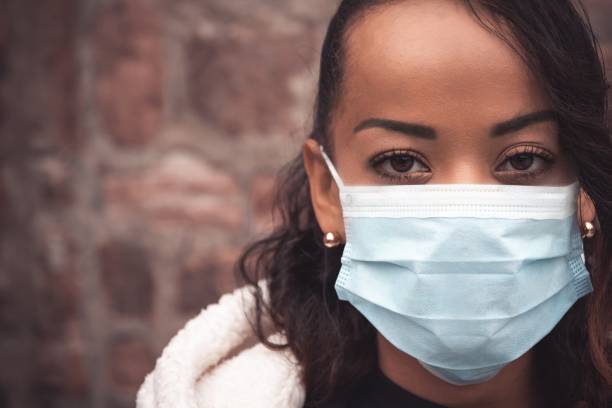
Who would have thought that two years later COVID would still be just as relevant as it was then, especially now with the current Omicron variant? Well, it is and we should not act like the pandemic has ended.
Unfortunately, this current variant is proving to be even just as dangerous, so we need to know the symptoms and stay informed.
Omicron vs. Delta: Three Key Differences Between the Two Variants
New COVID symptoms 2022
With the current and new variant of the virus that causes COVID-19 – SARS-CoV-2 – we now have to be aware of the symptoms of the Omicron variant of COVID.
It is reported that the Omicron variant will most likely spread more easily in comparison to the original Delta variant.
In addition, whether you are vaccinated or not, whether you have symptoms or not, you can still be infected with the Omicron variant.
You may ask, if you have not yet been vaccinated, why even get the vaccination if you can still get the virus, right?
There are many who are hesitant still, for this reason, but cases have shown that those who have gotten COVID and have not been vaccinated, in comparison to those who have been vaccinated and get COVID, have more serious experiences with ridding themselves of it.
What makes this variant different are the symptoms closely matching those of having a simple cold, which is a cause of concern. The most common symptoms of the Omicron variant include:








